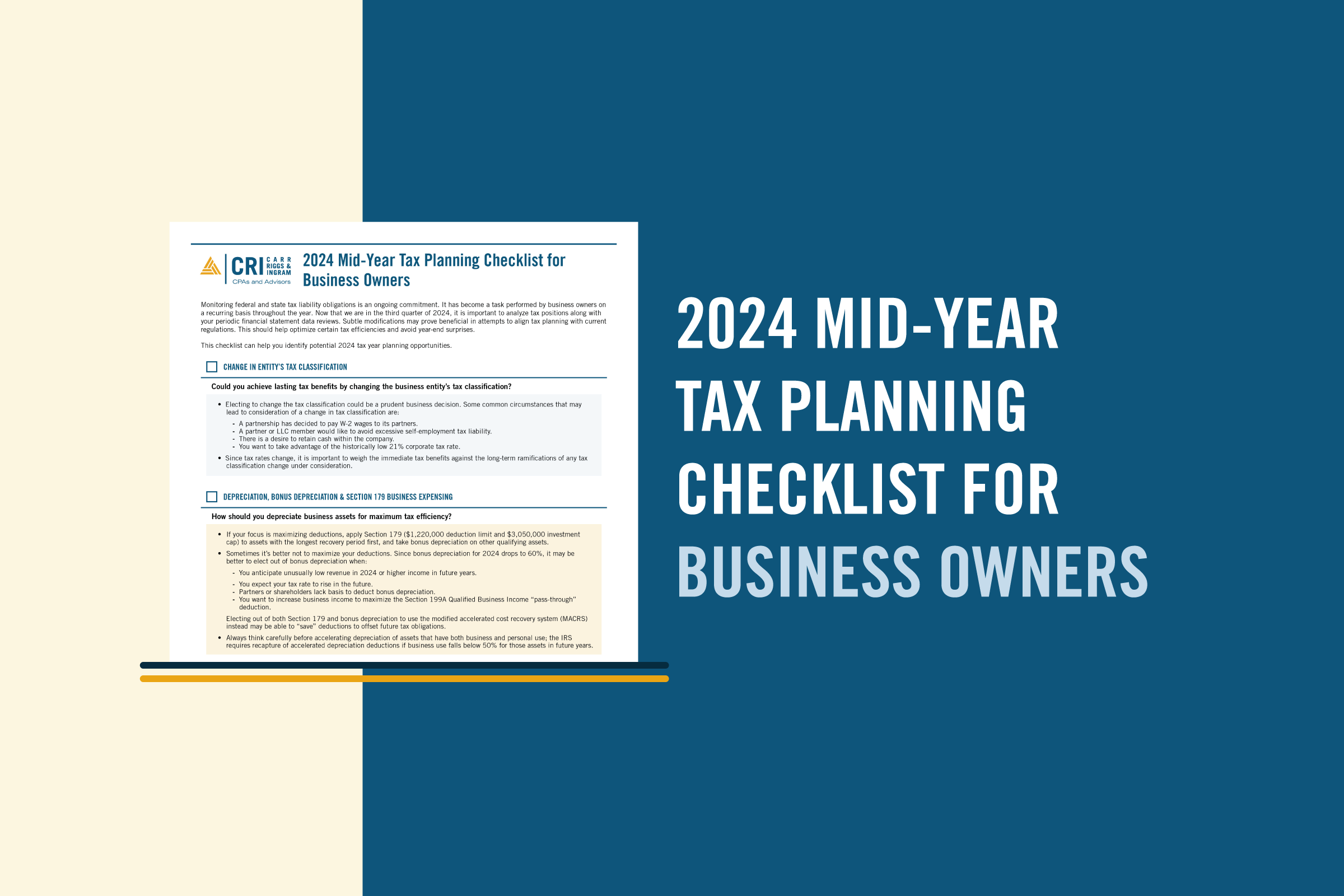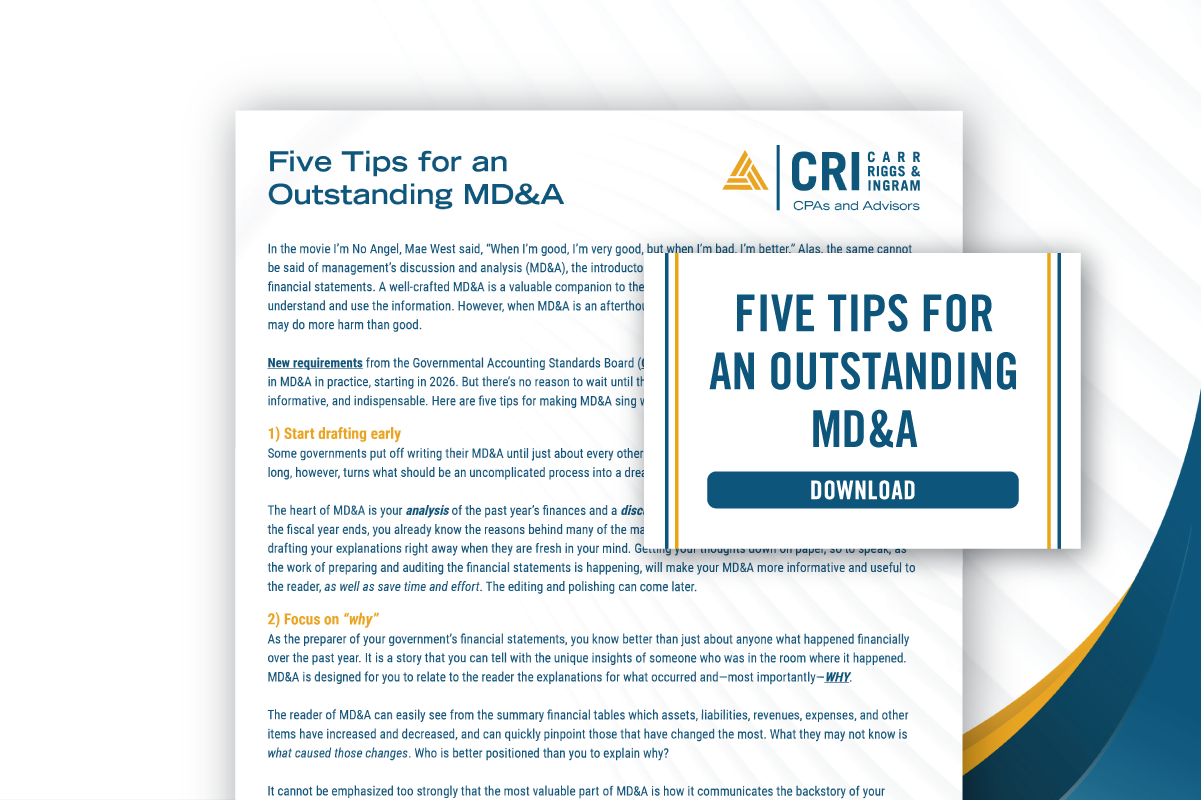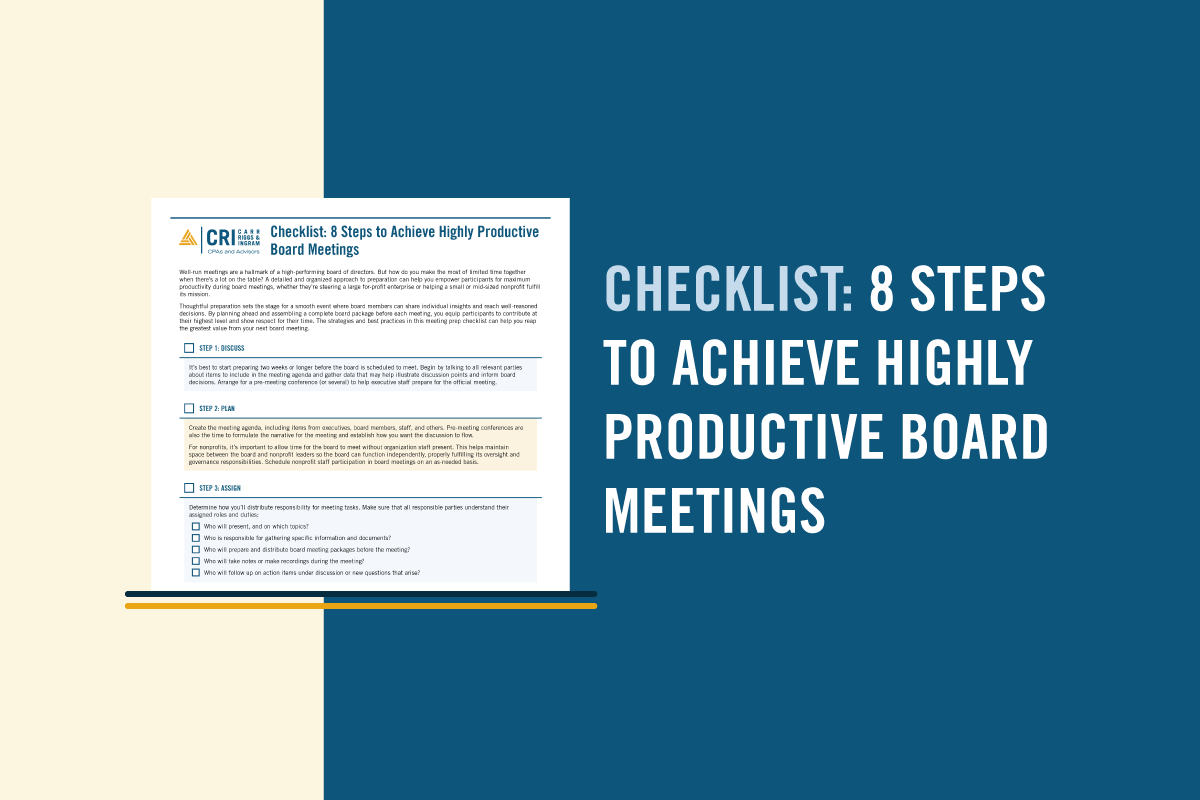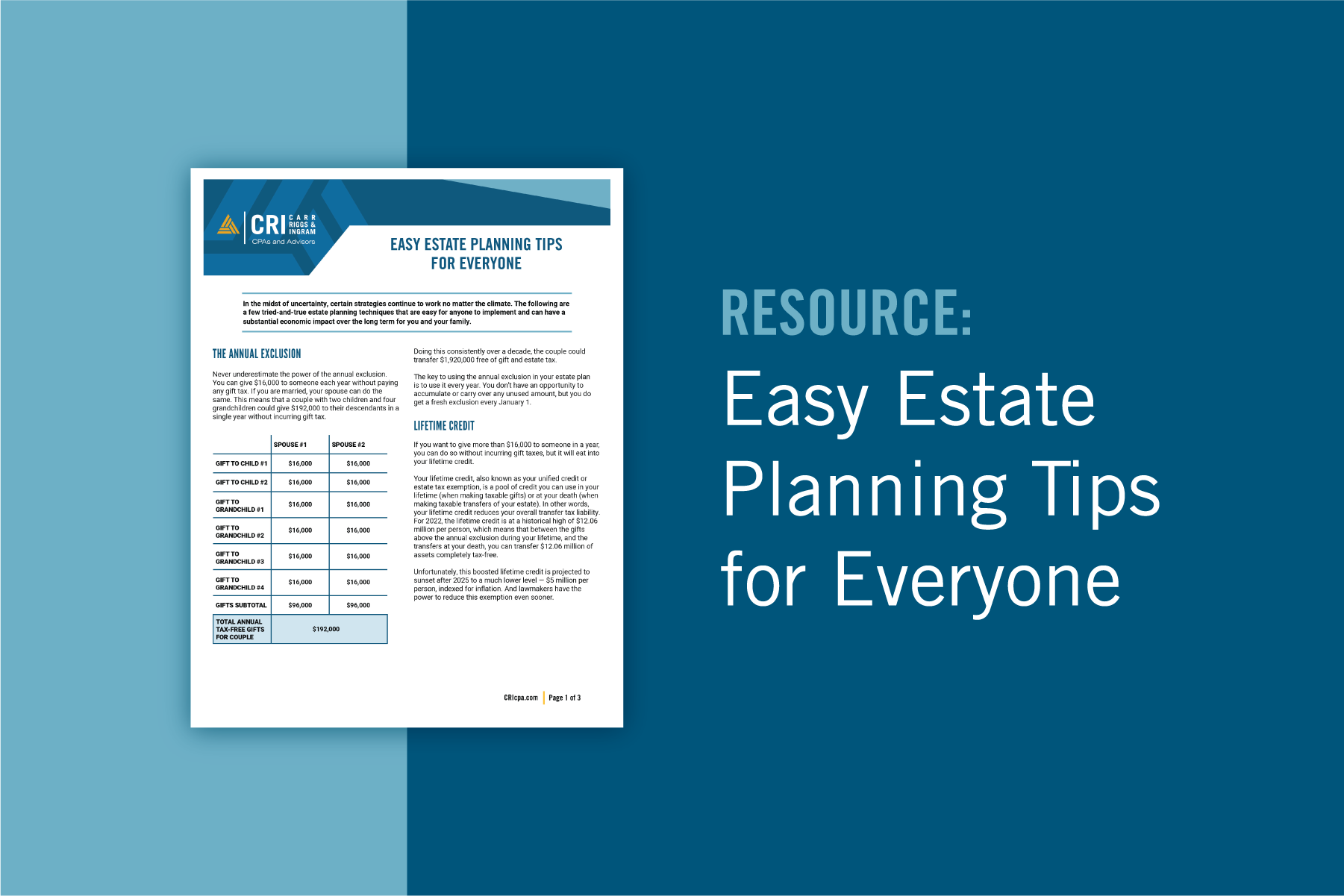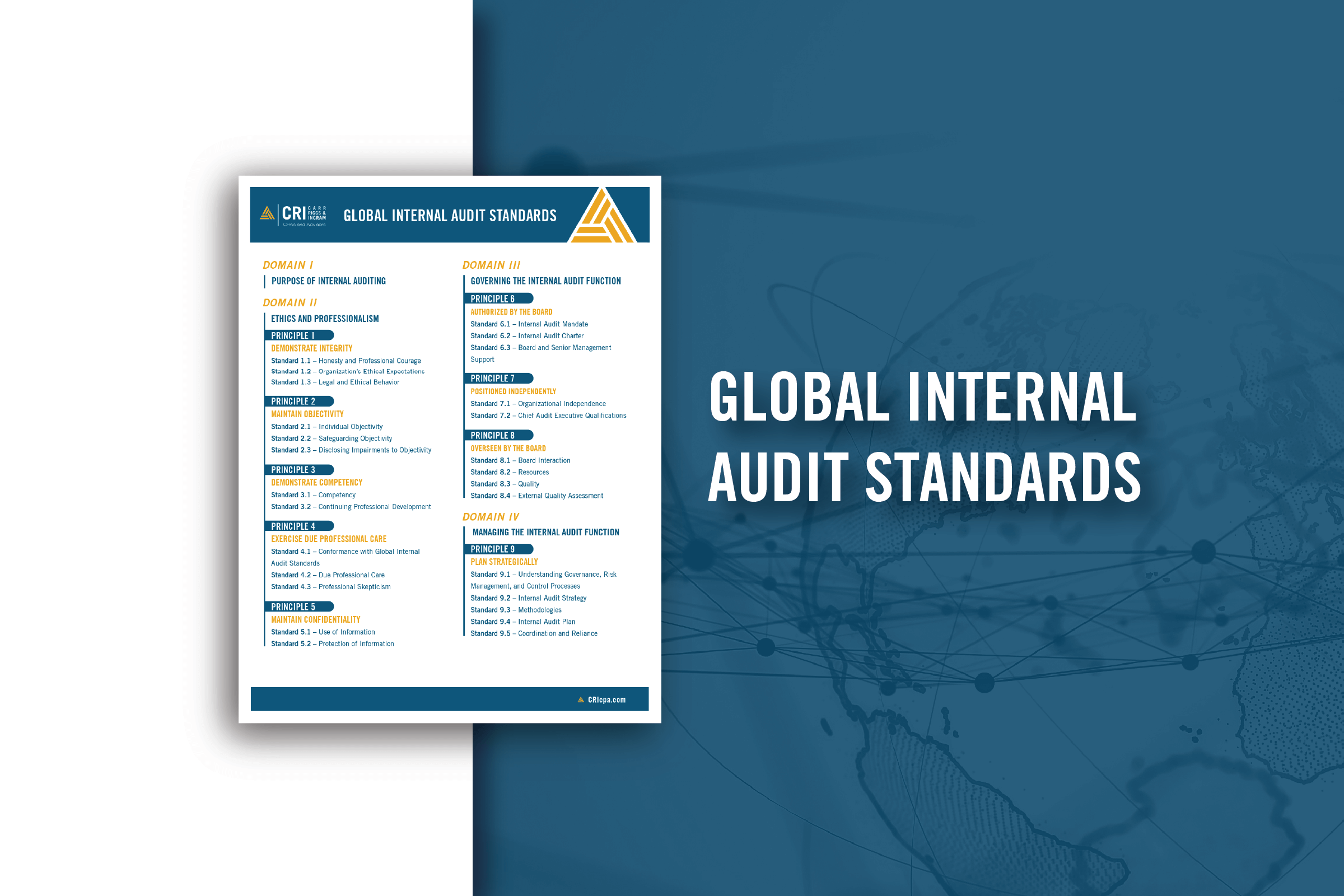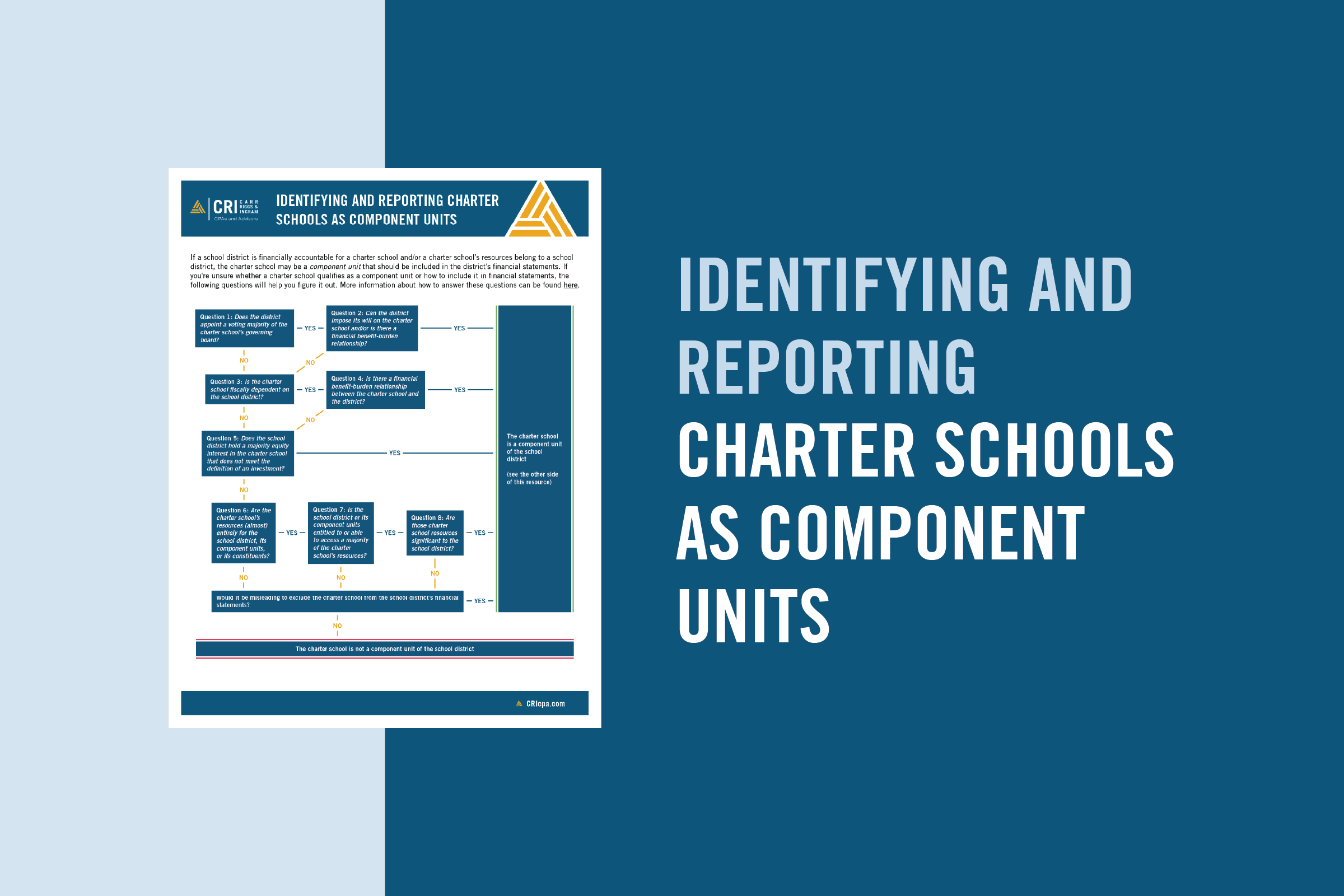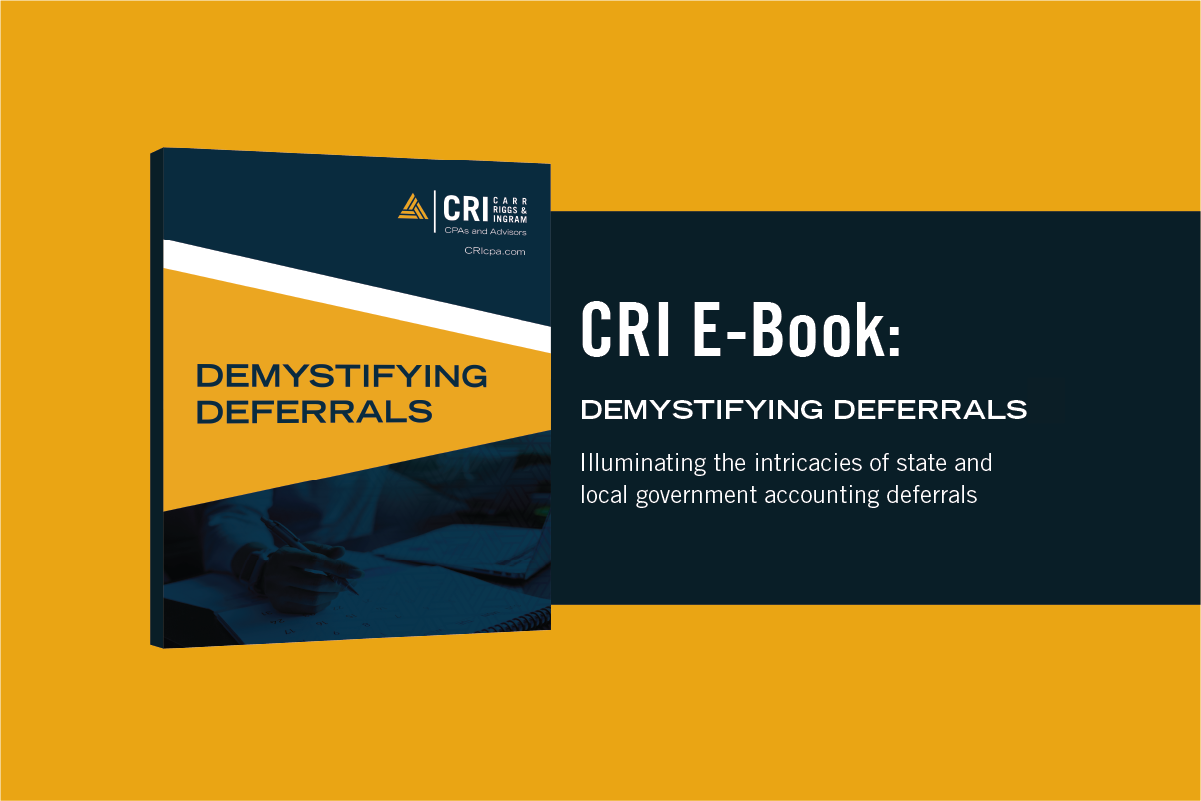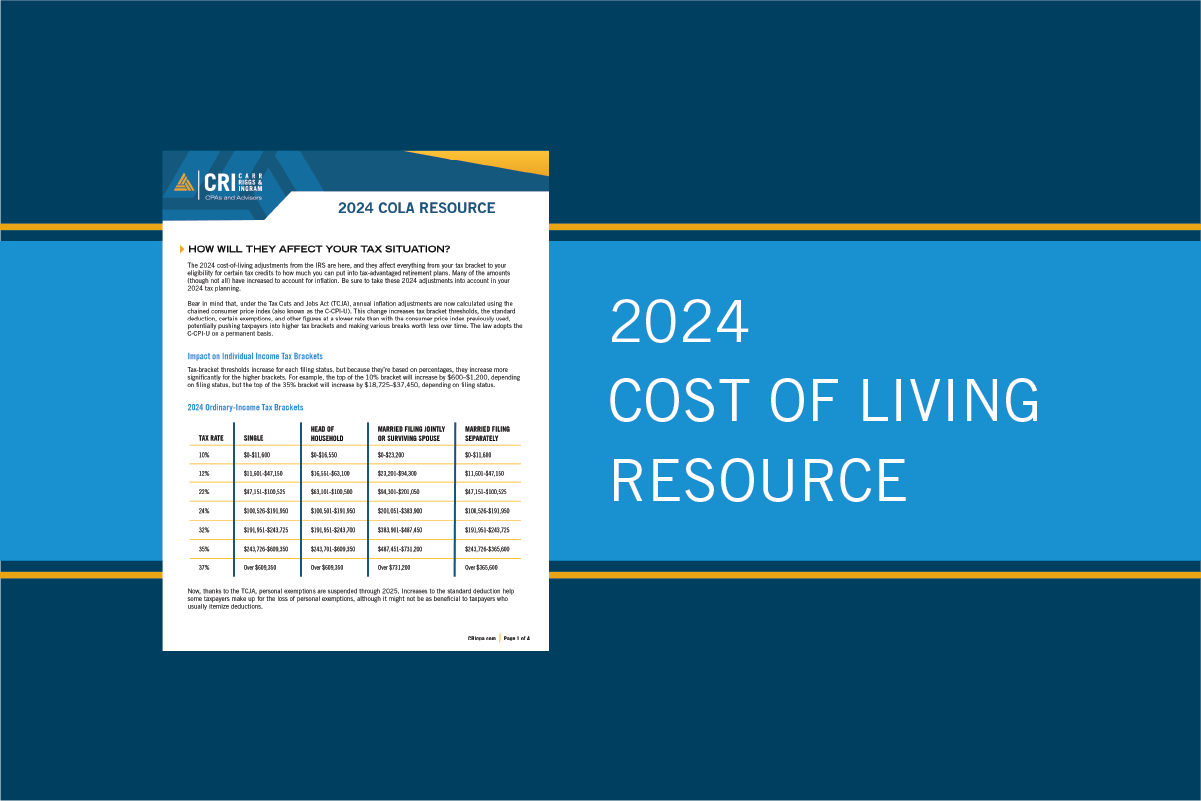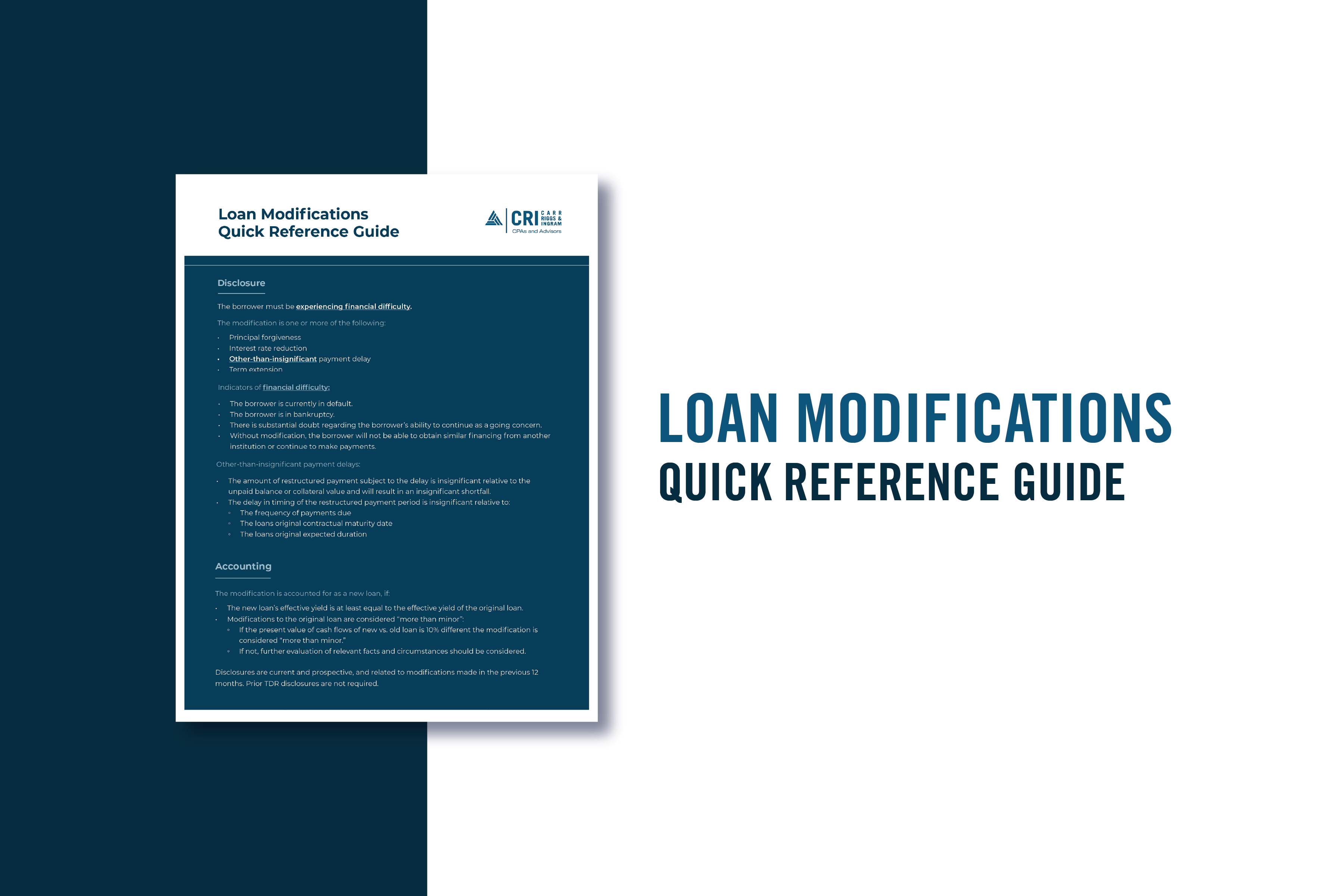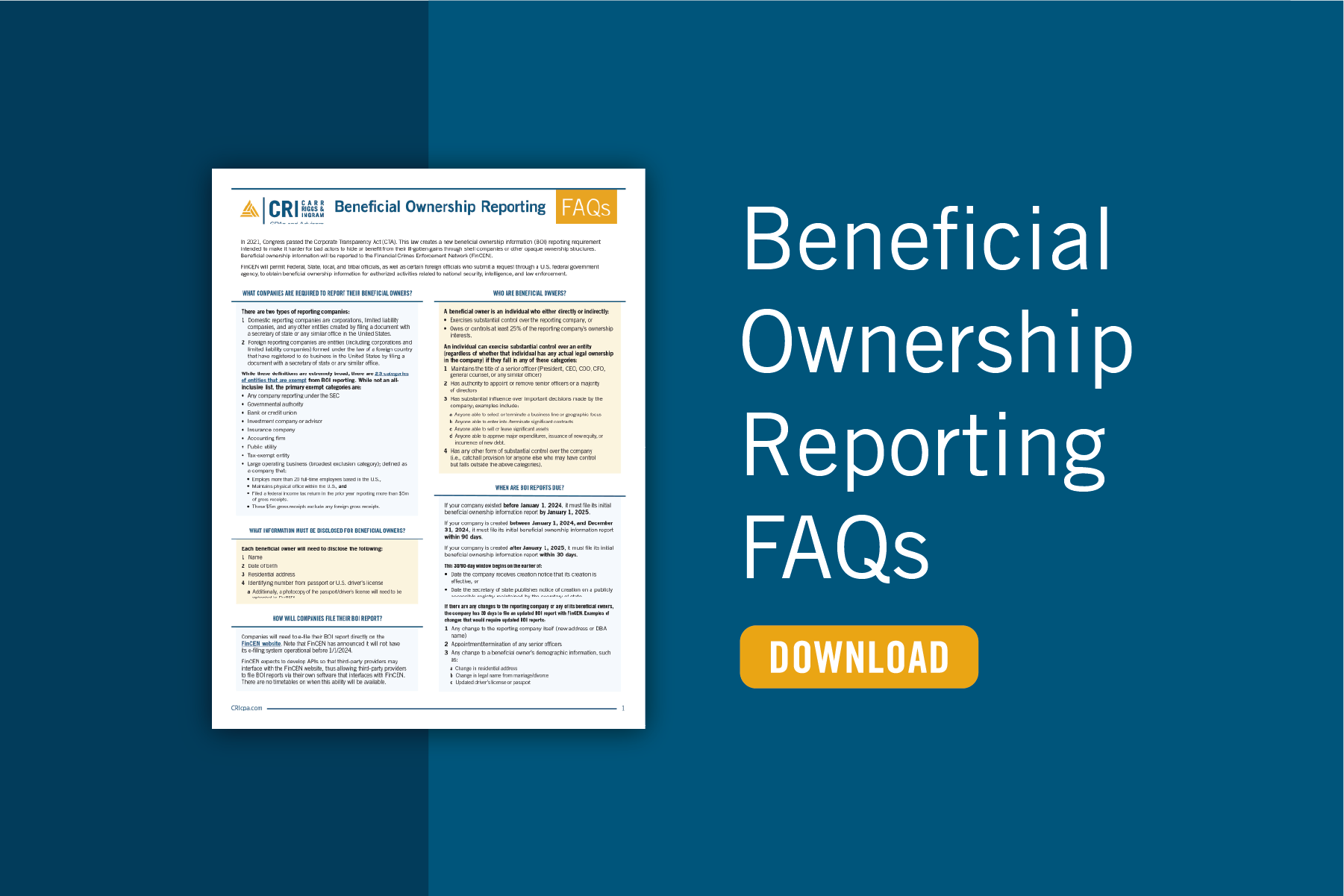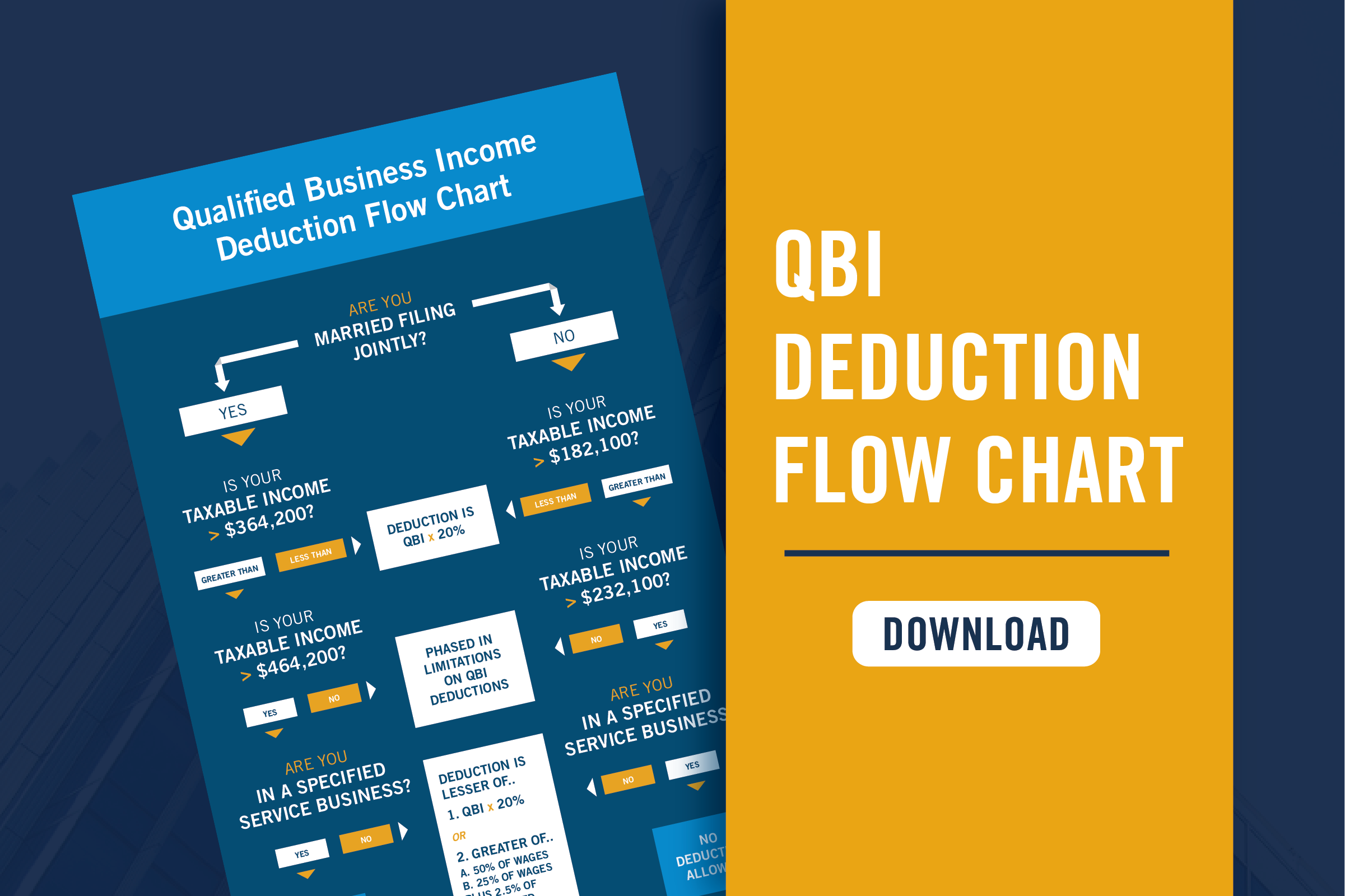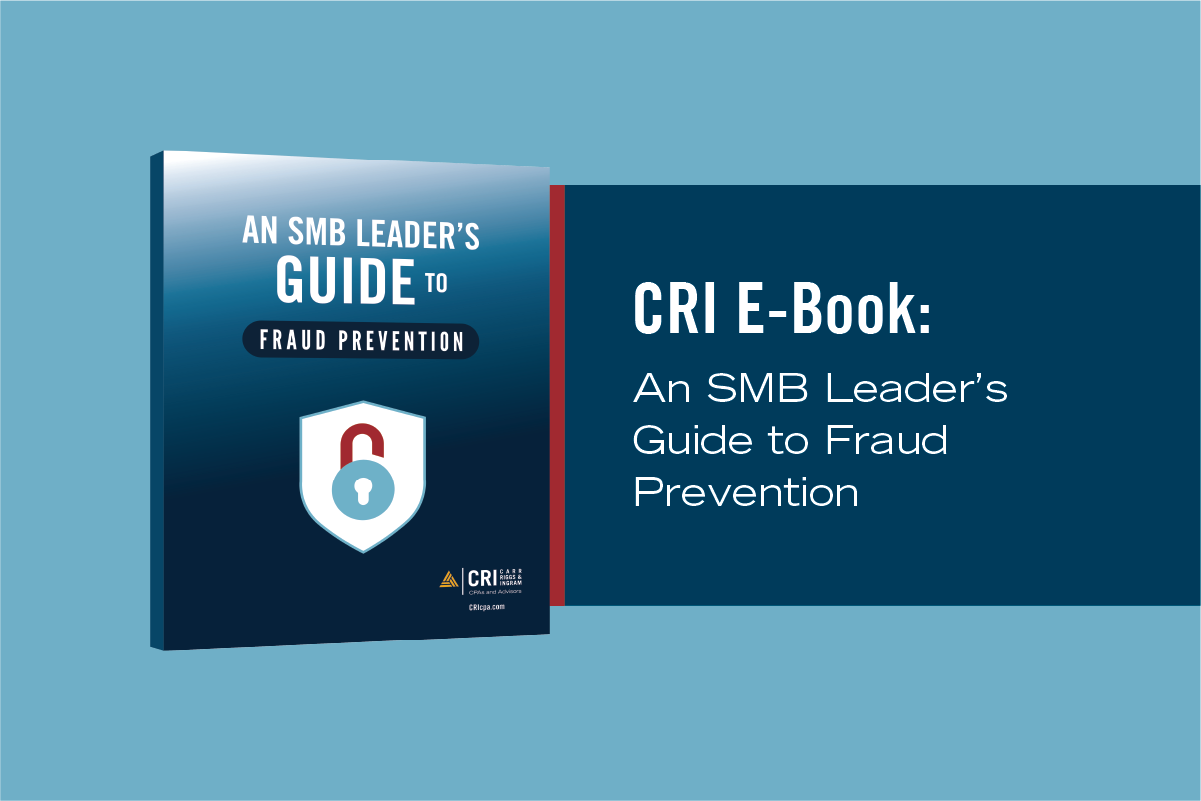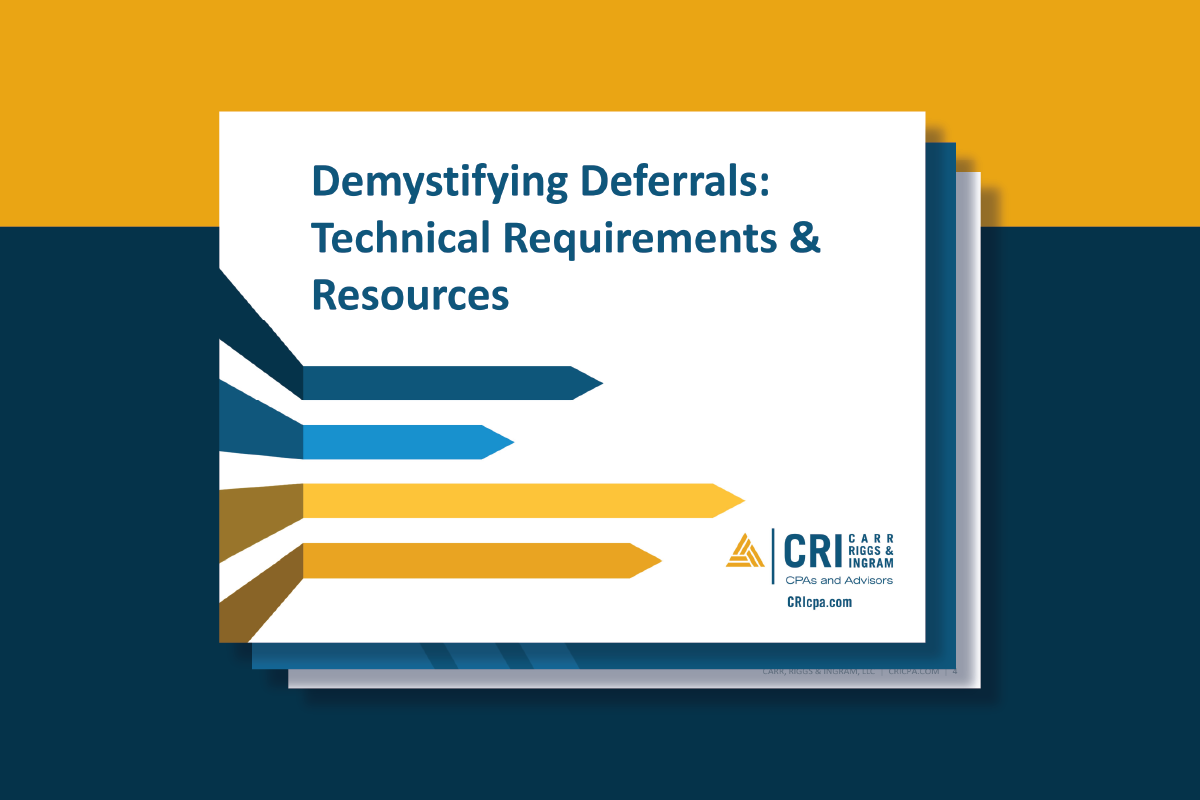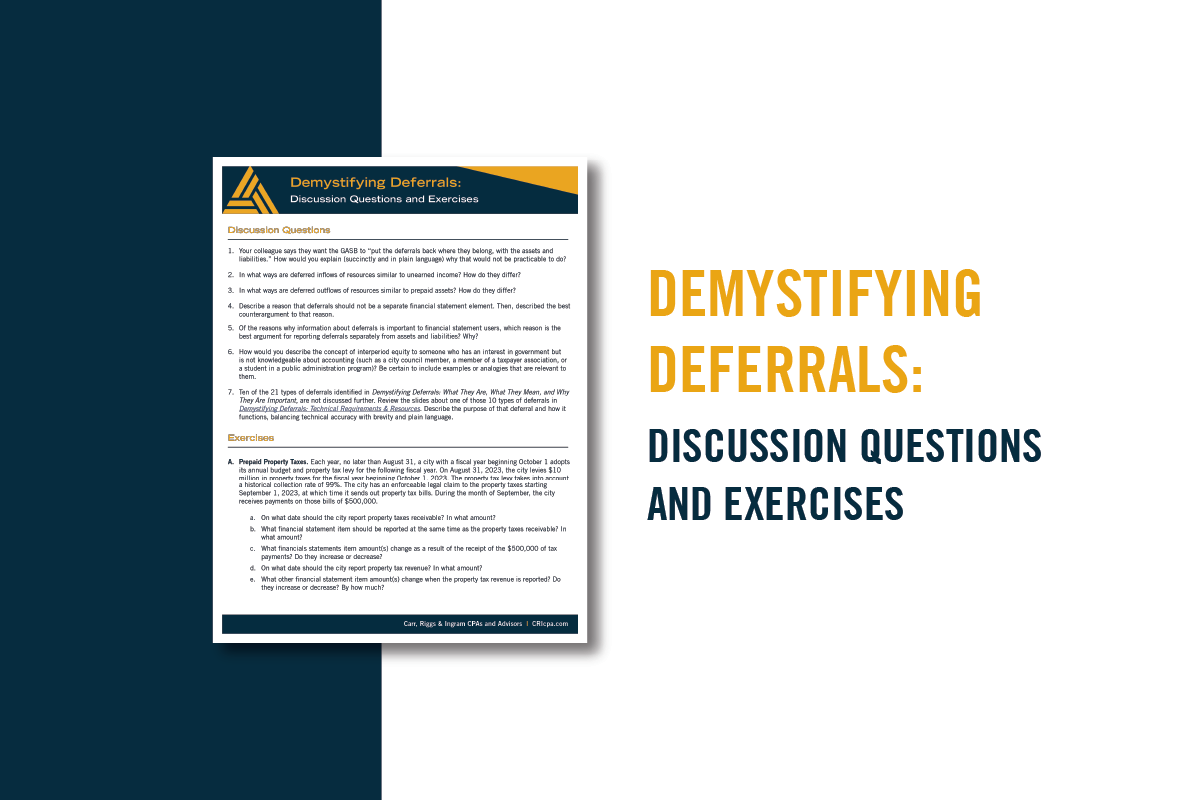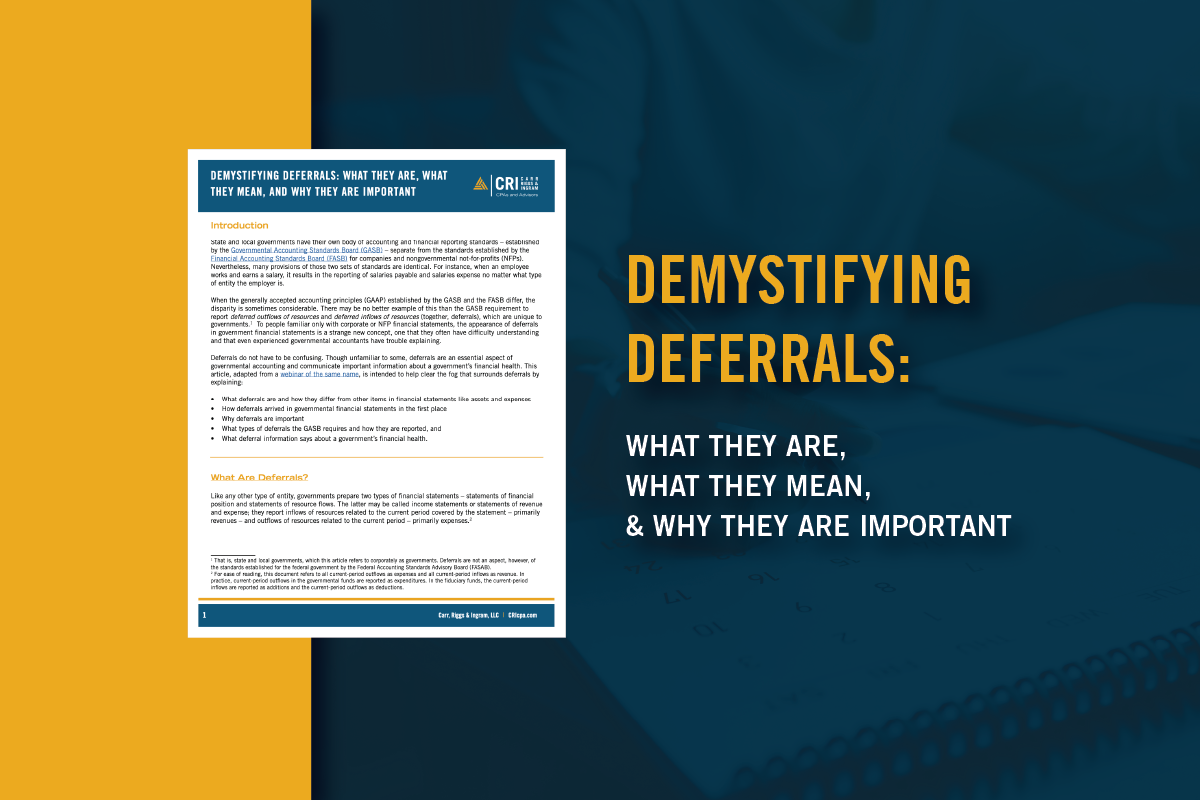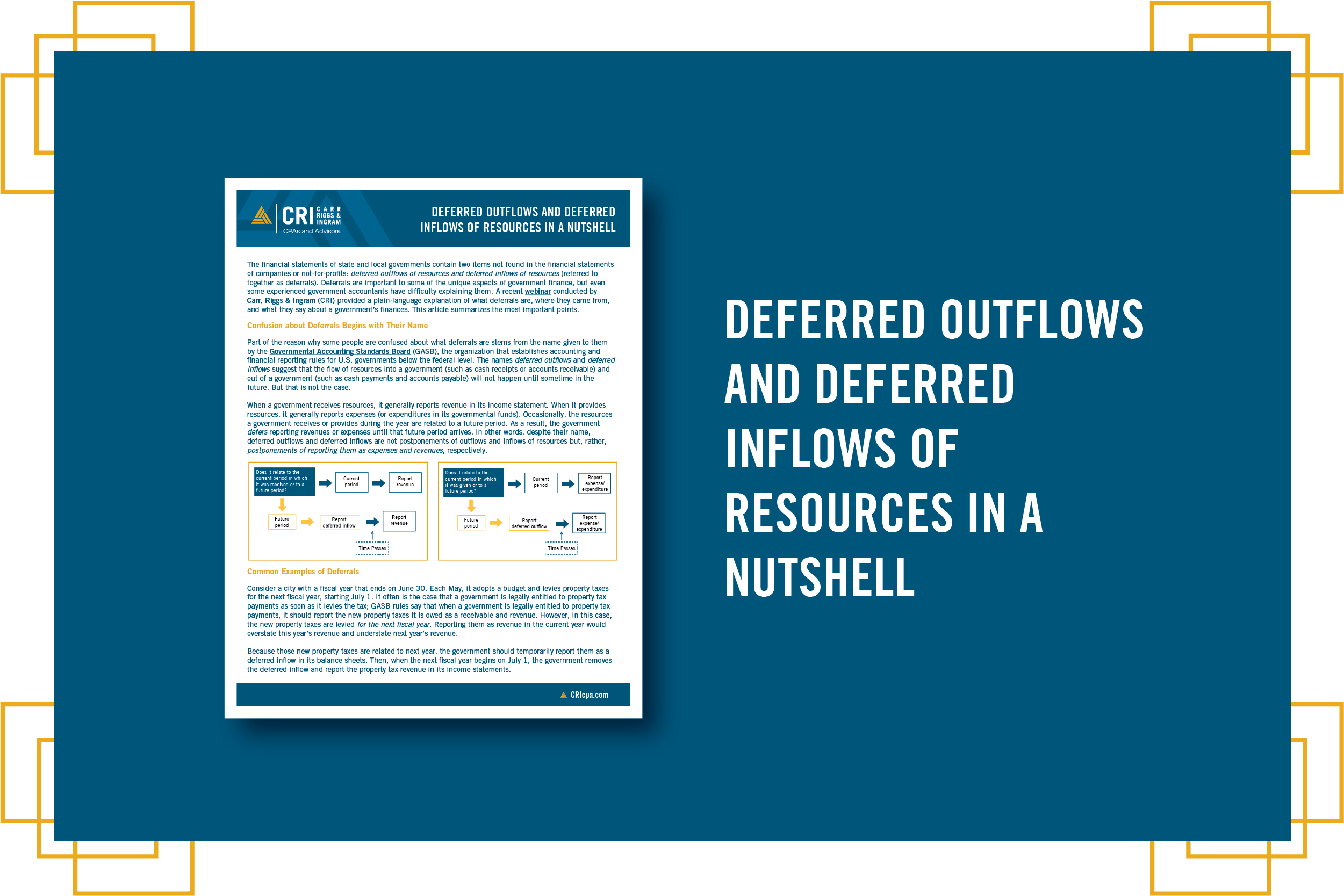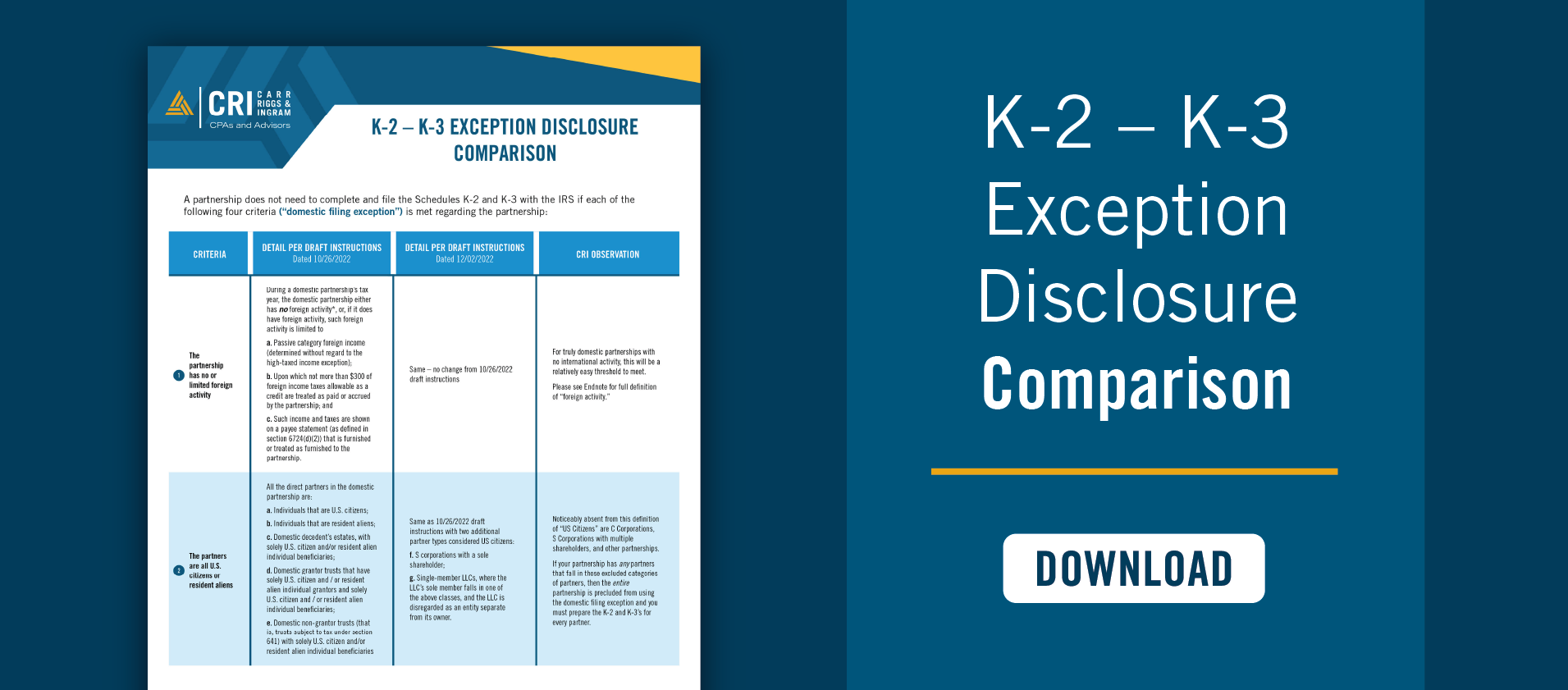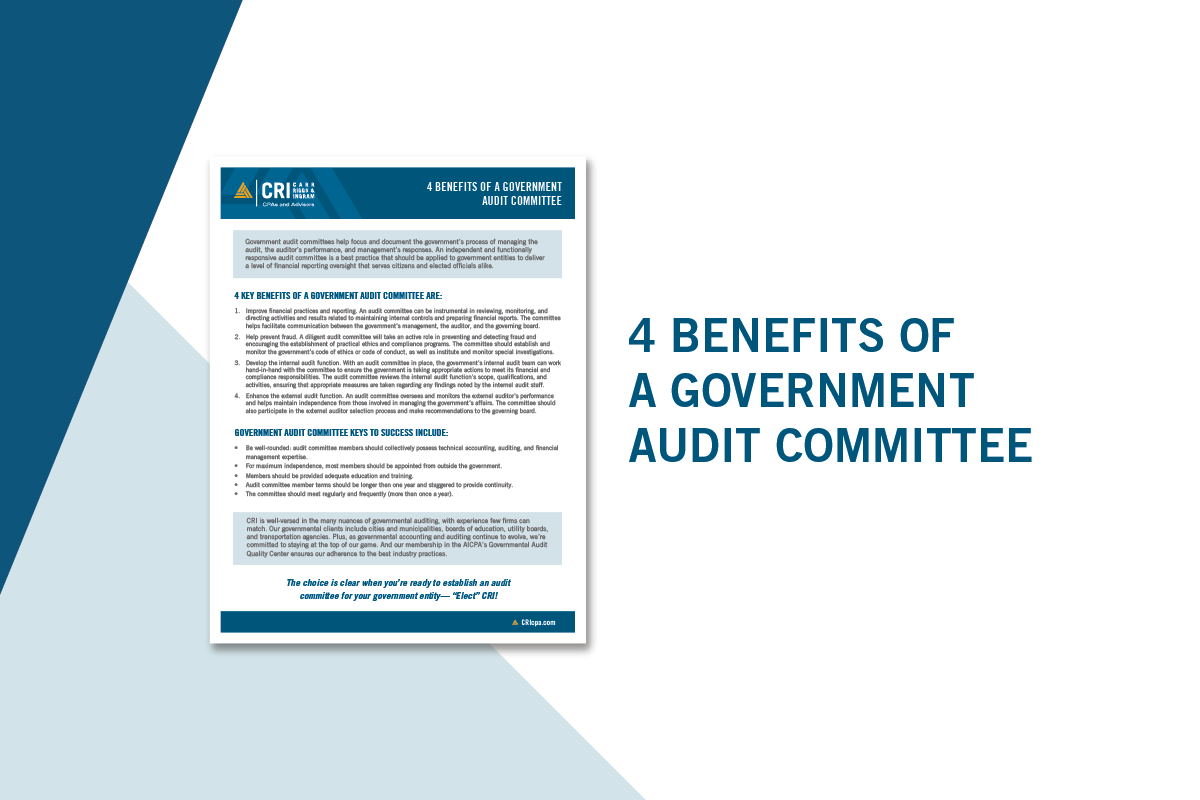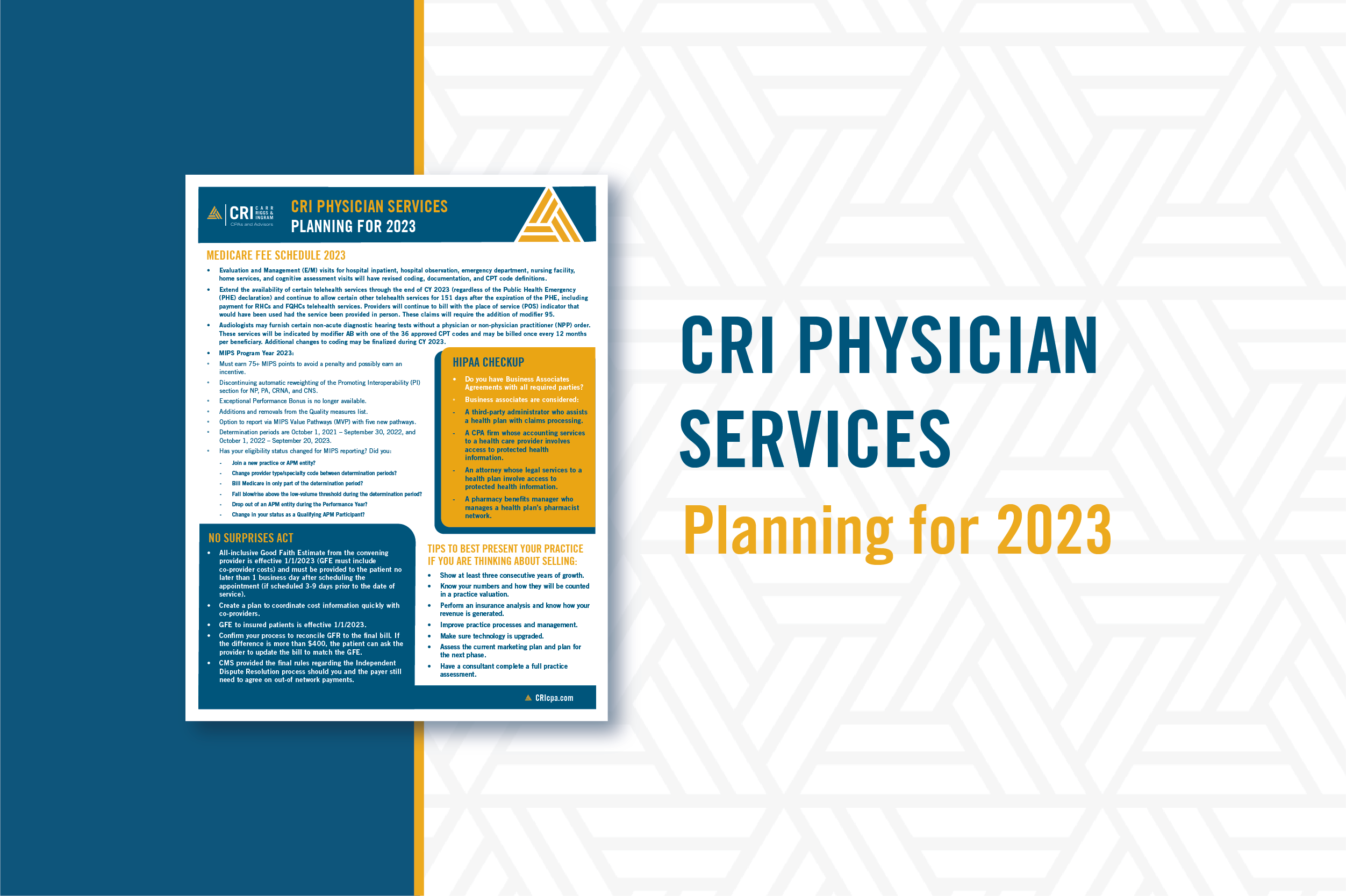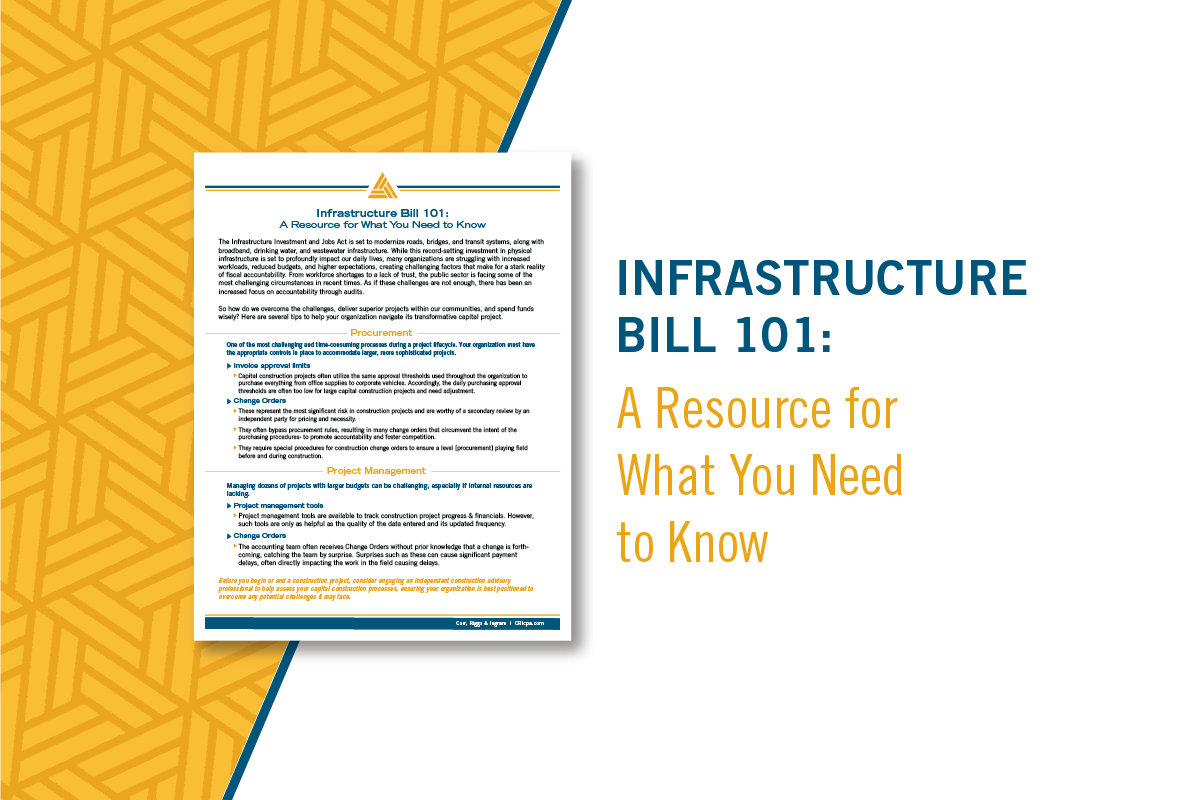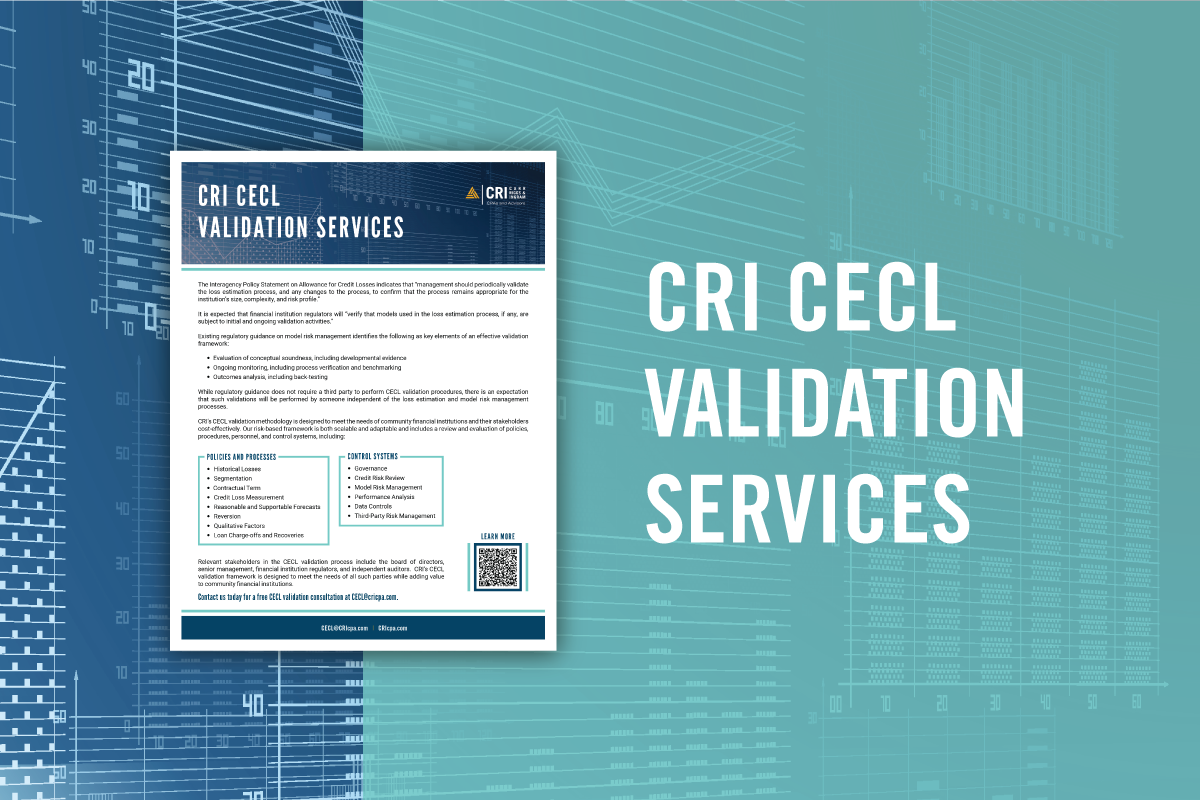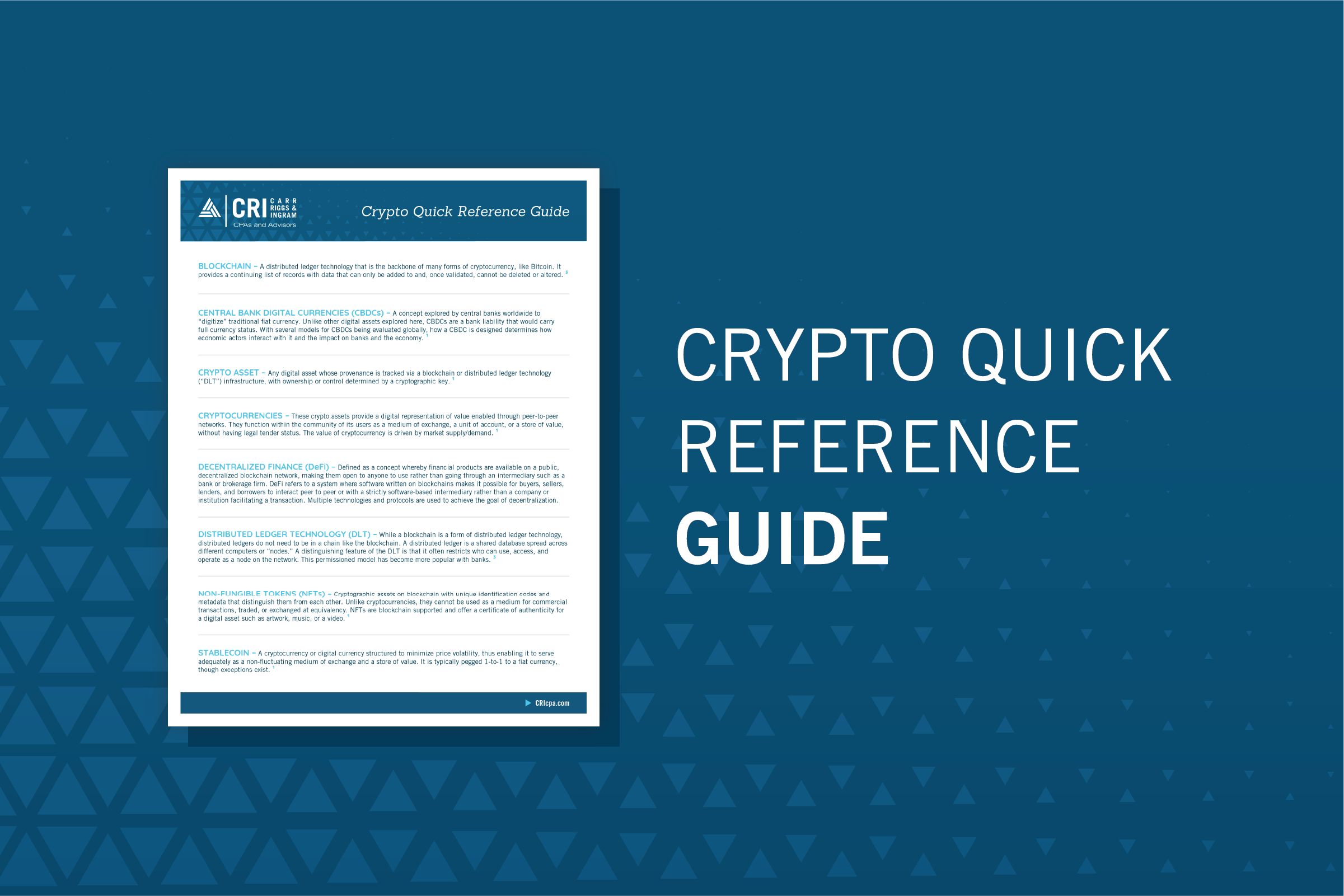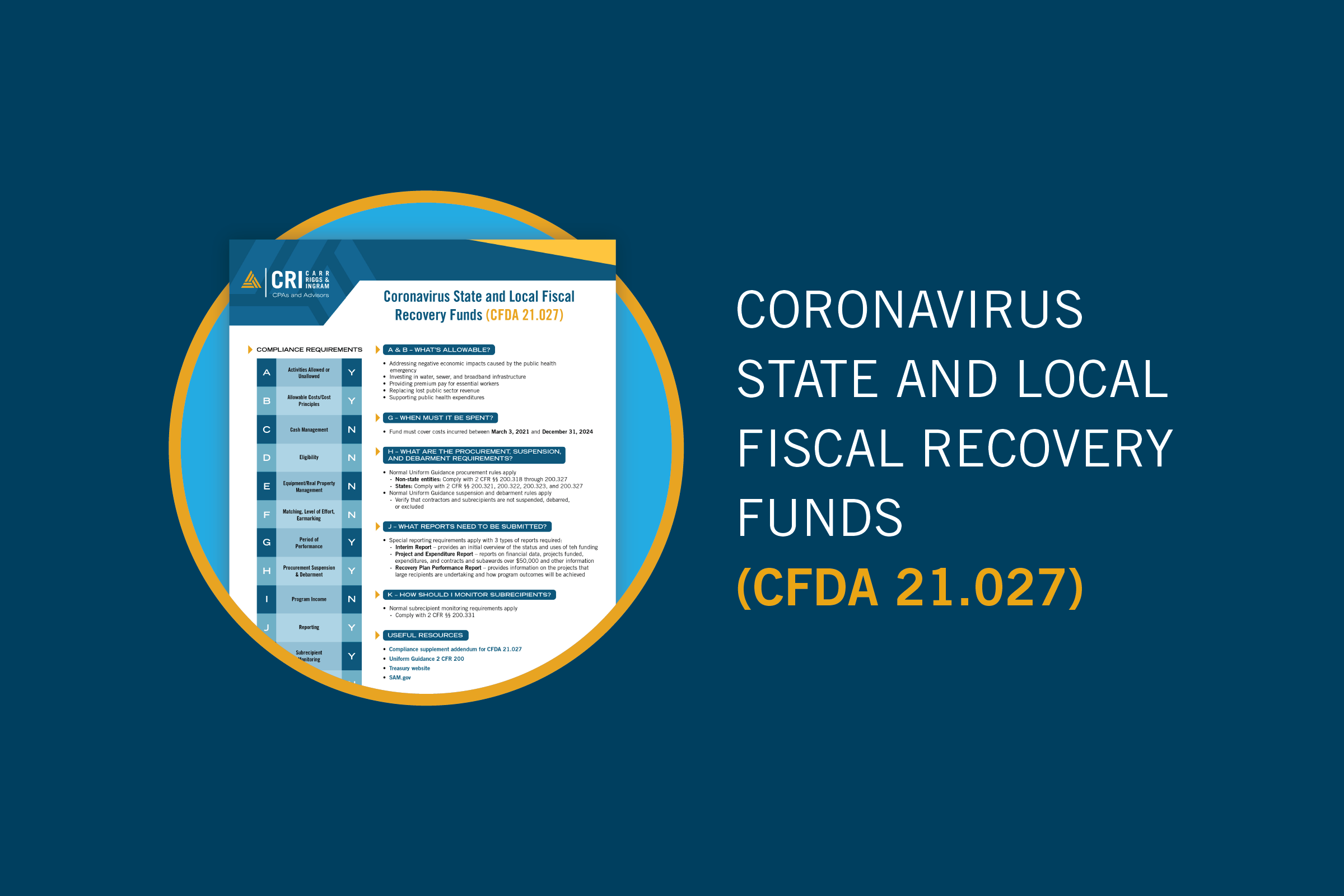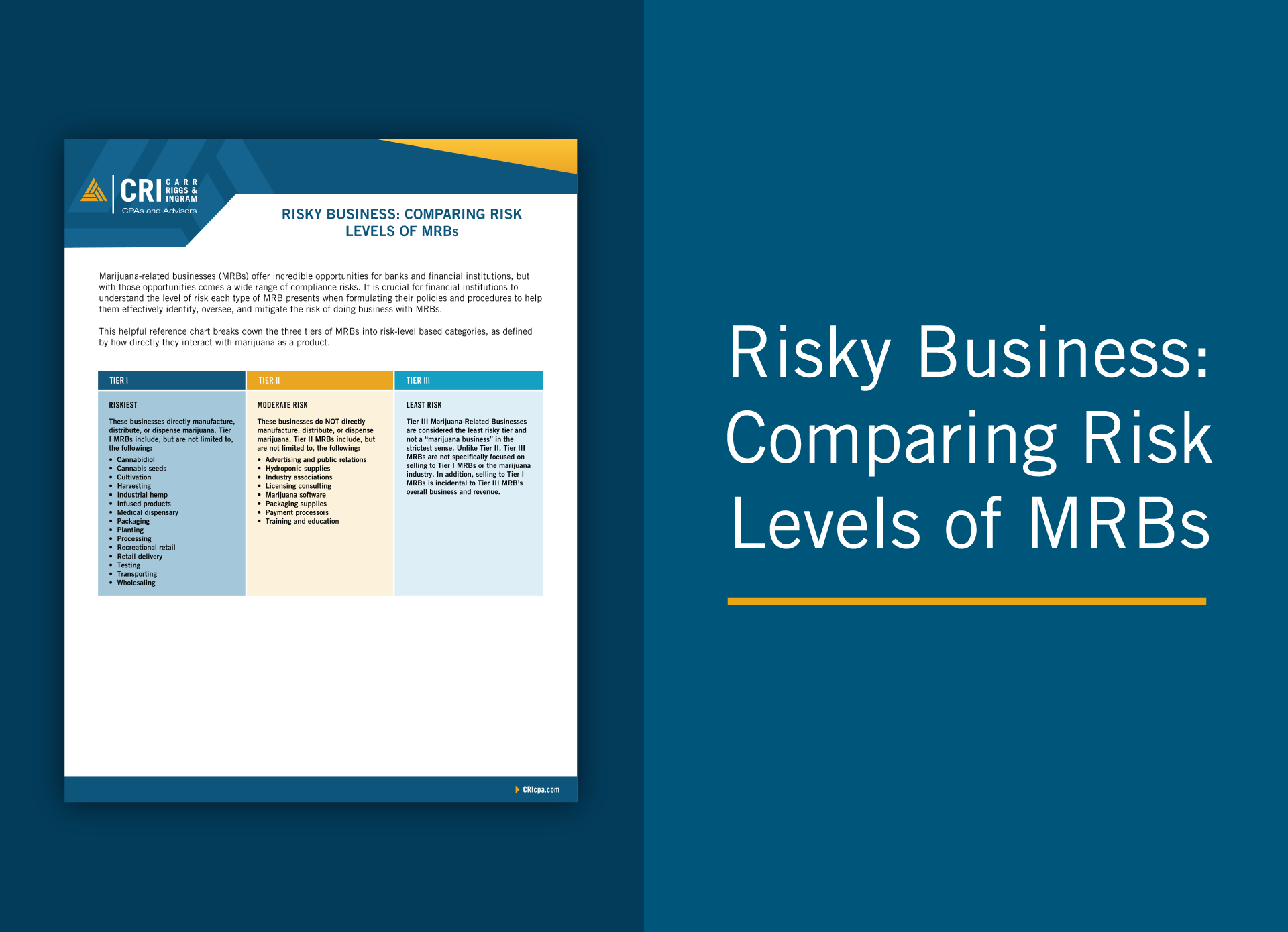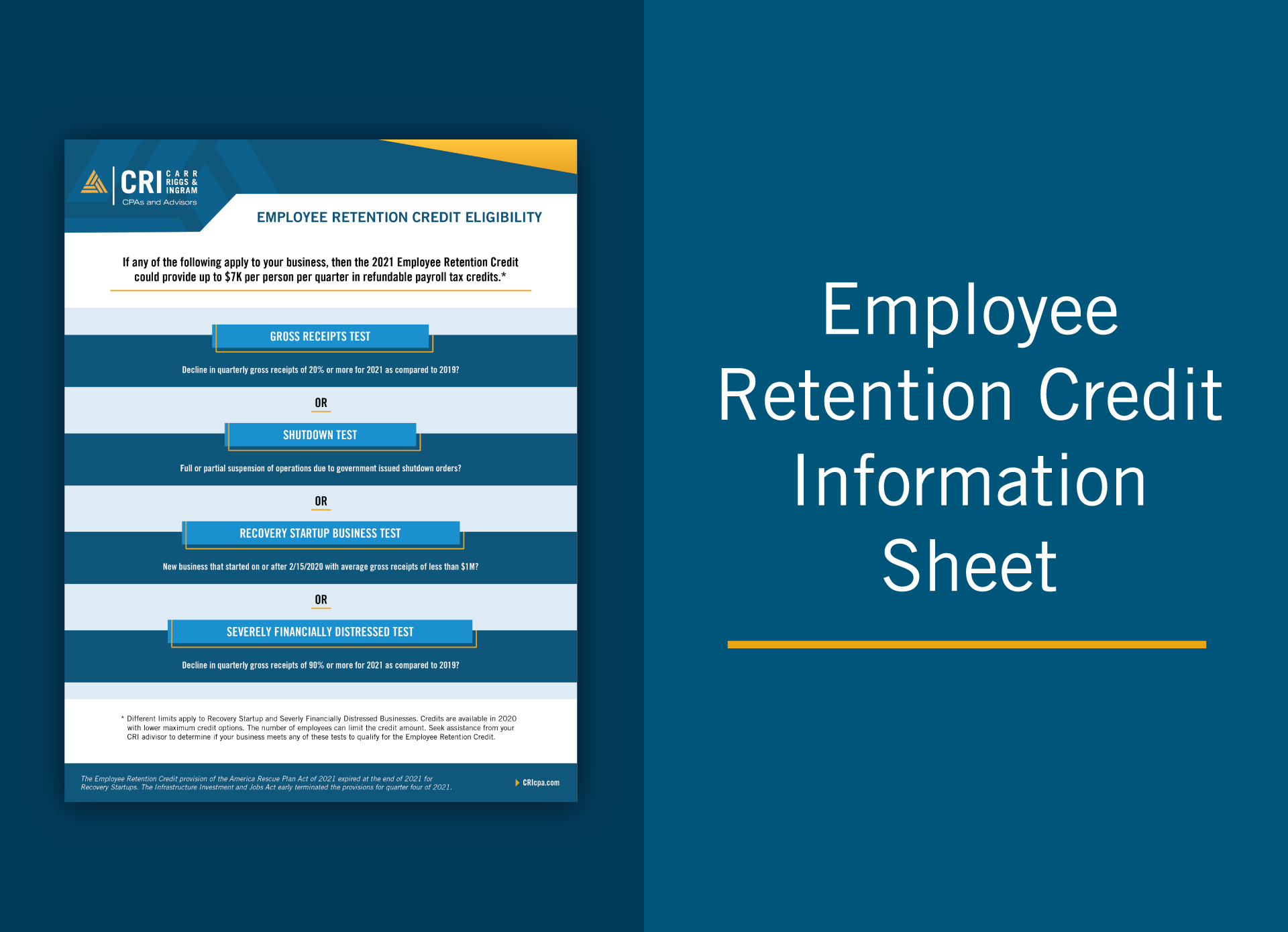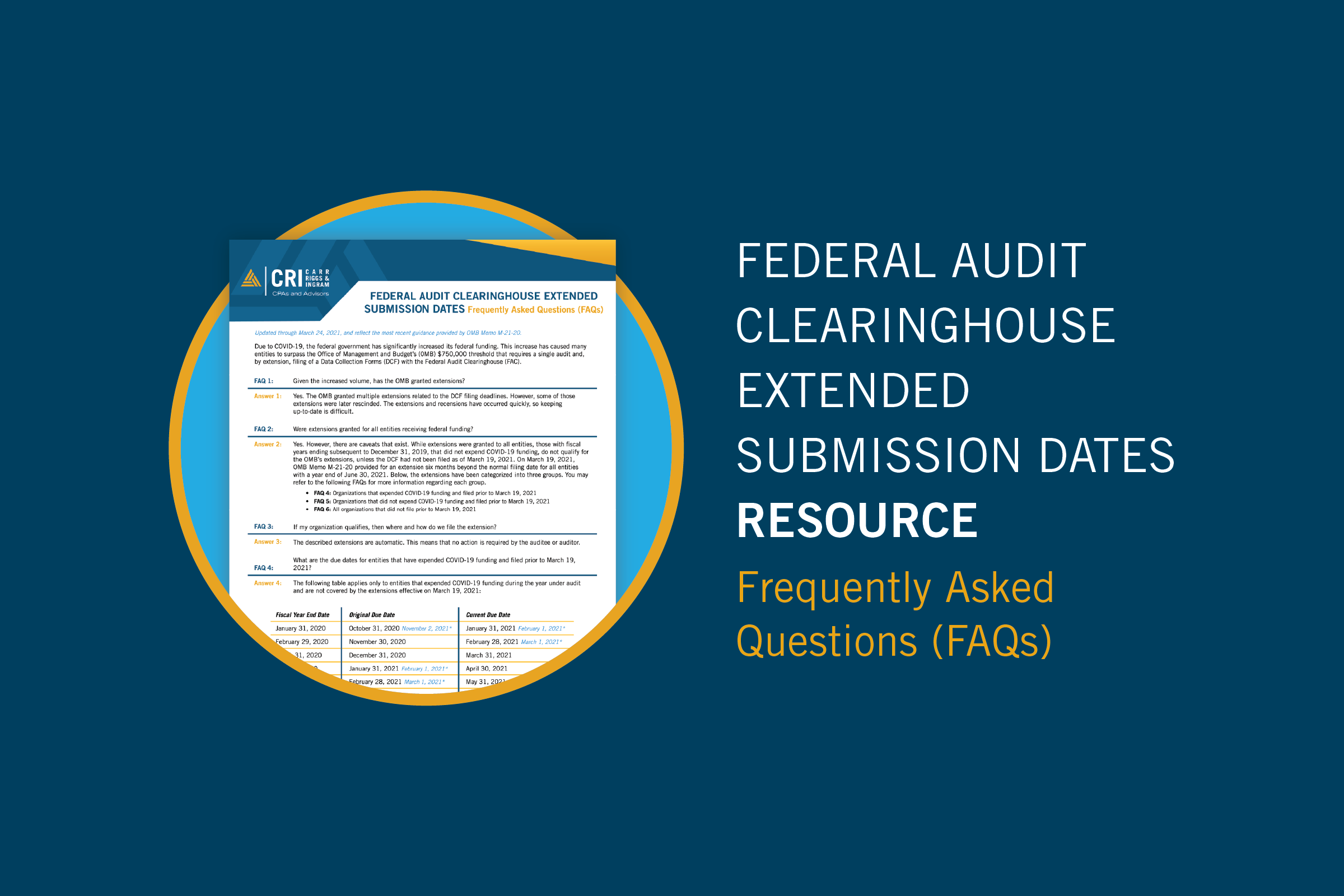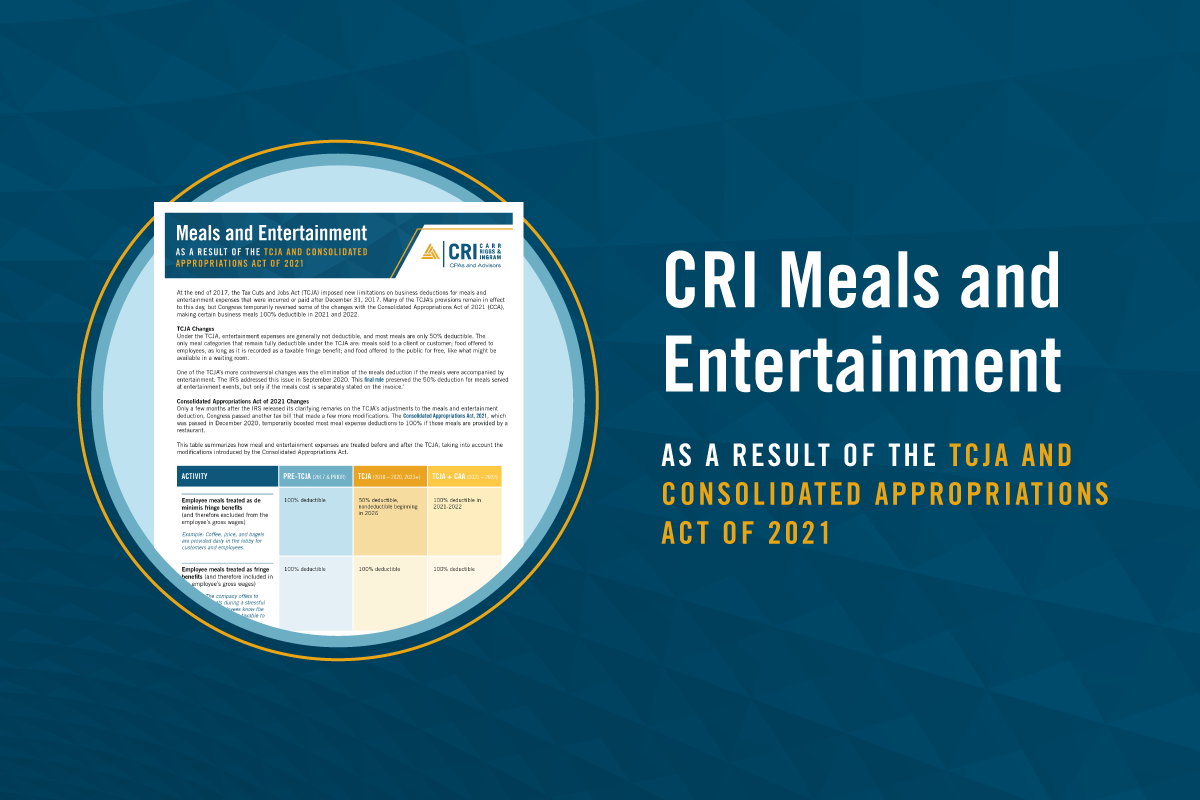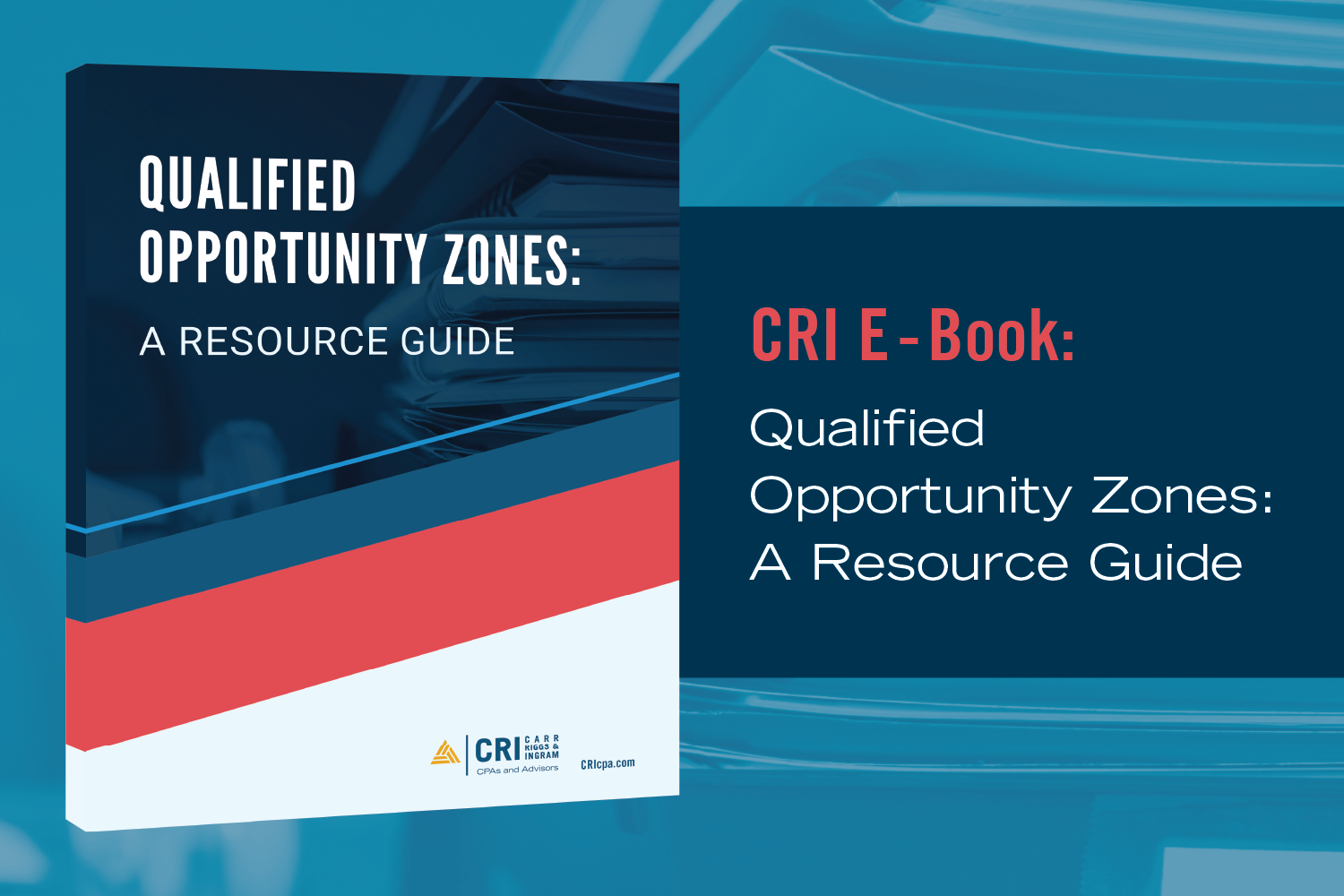Nonprofit & Governmental Healthcare Entities: Be Prepared to Justify Executive Pay
- Contributor
- Bryan Hall
Apr 11, 2023
If you haven’t had a reporter digging into your executives’ compensation yet, consider yourself lucky. In addition to being a perennial favorite front-page story, it’s also a banner that’s been taken up recently by governments at the state and local levels.
At the federal level, the Trump administration took on the issue in 2017 with a Tax Cuts and Jobs Act (TCJA) provision that places an excise tax on nonprofit organizations that pay executives more than $1 million in compensation, as well as “excess parachute payments,” which are defined as payments to departing employees that are three times or more the employee’s average salary over the previous five years.
The excise tax is based on the top federal corporate income tax rate, which the 2017 tax law dropped to a historically low rate of 21% (the Biden administration has proposed raising it to 28%). The new excise tax applies not only to any organization that is exempt from tax, but also to organizations (or individuals) that control or are controlled by the tax-exempt entity, whether or not those related organizations are tax-exempt. The regulations provide some exceptions, such as for executives who spent less than 10% of their total time working at the tax-exempt organization, as well as those whose pay from the tax-exempt organization was less than 10% of their total pay.
With its bright-line threshold of $1 million, the excise tax essentially bypasses the IRS’s long-established “presumption of reasonableness” threshold for executive compensation. The IRS has clarified that compensation packages that trigger the excise tax do not necessarily rise to the level of an “excess benefit transaction.” But one thing is clear: scrutiny of nonprofit and governmental executive pay is not going away.
What You Should Do Now
As the skillset required to lead a complex healthcare organization continues to grow each year, executives who are qualified to lead large hospitals and health systems become harder to find, and competitive compensation packages become more crucial. How can you walk the fine line between being competitive, fair, and compliant?
First, know the rules and regulations regarding nonprofit executive compensation. The excise tax notwithstanding, tax-exempt organizations are allowed to pay executives fair and reasonable compensation, which is essentially what a similar-sized organization in a similar field would pay. Unfortunately, the IRS has never established a clear standard for what is considered “fair and reasonable.” And yet, nonprofit organizations that are deemed to have crossed the line face serious consequences. “Excess benefit transactions” can trigger significant fines for the highly paid executive, as well as the board members who approved the compensation package.
Know your organization’s pay equity ratios, and be ready to defend them. Federal and state governments aren’t the only entities that will be taking a look at your executive compensation. Healthcare employees (including yours!), consumers, regulators, media outlets, and watchdog groups are all shining a bright light on executive pay — and pay equity ratios are of particular interest. A high ratio of CEO compensation to the median worker’s pay may make perfect sense for your health system. (Indeed, it may be a competitive requirement.) Just be ready to justify and support your compensation plans in plain English when (not if) reporters or public interest bloggers start asking questions.
Fortify your position with an independent study of your organization’s executive compensation. Custom compensation studies performed by reputable compensation consulting firms are considered the “gold standard” for addressing these concerns. However, whether or not a third-party study is in the budget, we suggest you perform regular compensation reviews at the board level. Remember that these reviews and the relevant considerations need to be thoroughly documented, with terms of the arrangement, approval date, a list of those who were present and voted, comparable data that was considered, and any actions by a member with a conflict of interest.
Use publicly available information to learn what your competitors are paying. While the new era of transparency in healthcare certainly has its challenges, there are some bright spots. By peeking behind the veil of your competitors’ executive compensation, you have an opportunity to bring your compensation packages in line with what others are paying, make your own entity more attractive to key talent, and potentially use that information to recruit talent from organizations you believe are underpaying their employees.
Balancing Transparency, Fairness, and Competitive Pay
Attracting and retaining top talent while toeing the line of pay equity is difficult, to put it mildly. When determining your executives’ compensation, consider issues such as the complexity of the job, the wage economics of the market, and how well the executive fulfills the mission of the hospital or health system, among others — and document these matters clearly.
If you’re ready to discuss your hospital’s or health system’s compensation strategy or other aspects of transparency, reach out to your CRI healthcare advisor.

